Alone in the Dark was the first 3D Survival Horror game when it was first released in 1992, going on to inspire subsequent games such as Resident Evil. Now, over thirty years later, we get the chance to experience a reimagining of this classic title. But does this modern rendition do the original justice?
Revisiting the First 3D Survival Horror
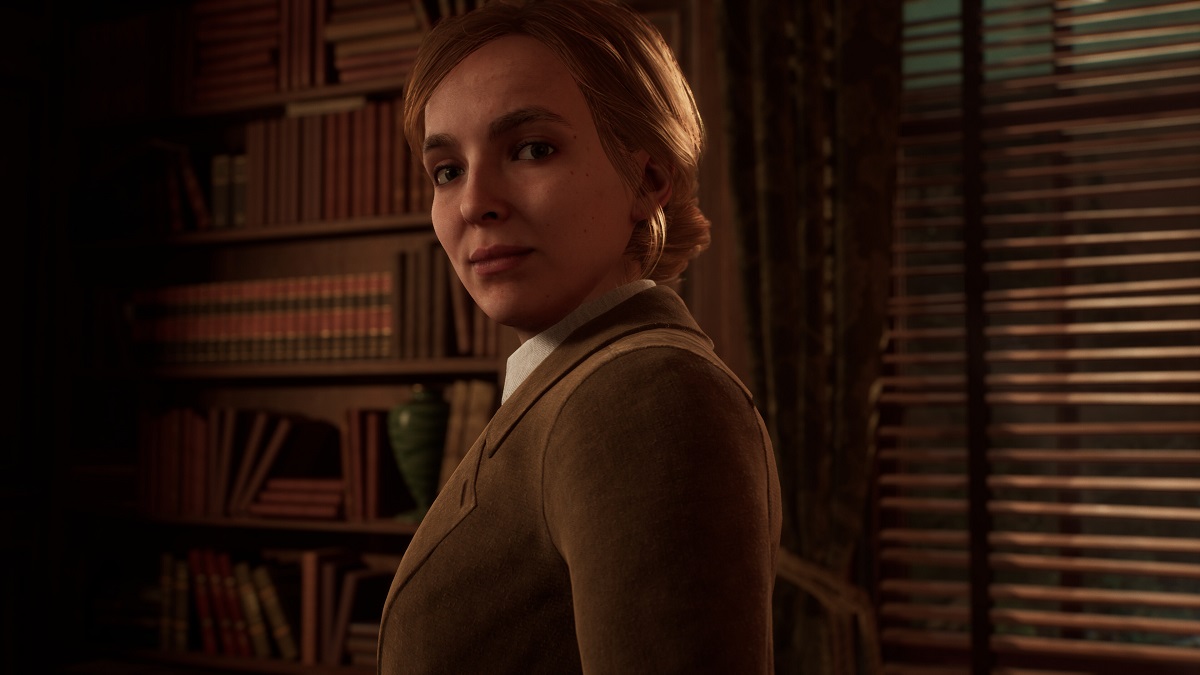
Jeremy Hartwood, who lives in the mysterious and old Decerto Mansion — a home for the mentally fatigued — is missing. You play as either Emily Hartwood (Jodie Comer), his niece, or Edward Carnby (David Harbour), a private detective hired by Emily. Although it’s filled with unusual residents, Decerto Mansion might house more secrets than it does people.
Alone in the Dark is a love letter not only to the original version of the game but to the iconic games that were inspired by it. Without diving too deep into spoilers, the story feels familiar to anybody who played the 1992 title. However, even seasoned players will find there’s a fresh coating placed on Alone in the Dark. And while it’s still on the shorter side regarding playtime, it’s a good deal longer than the original.
Piecing Together the Mysteries of Decerto and Jeremy’s Disappearance
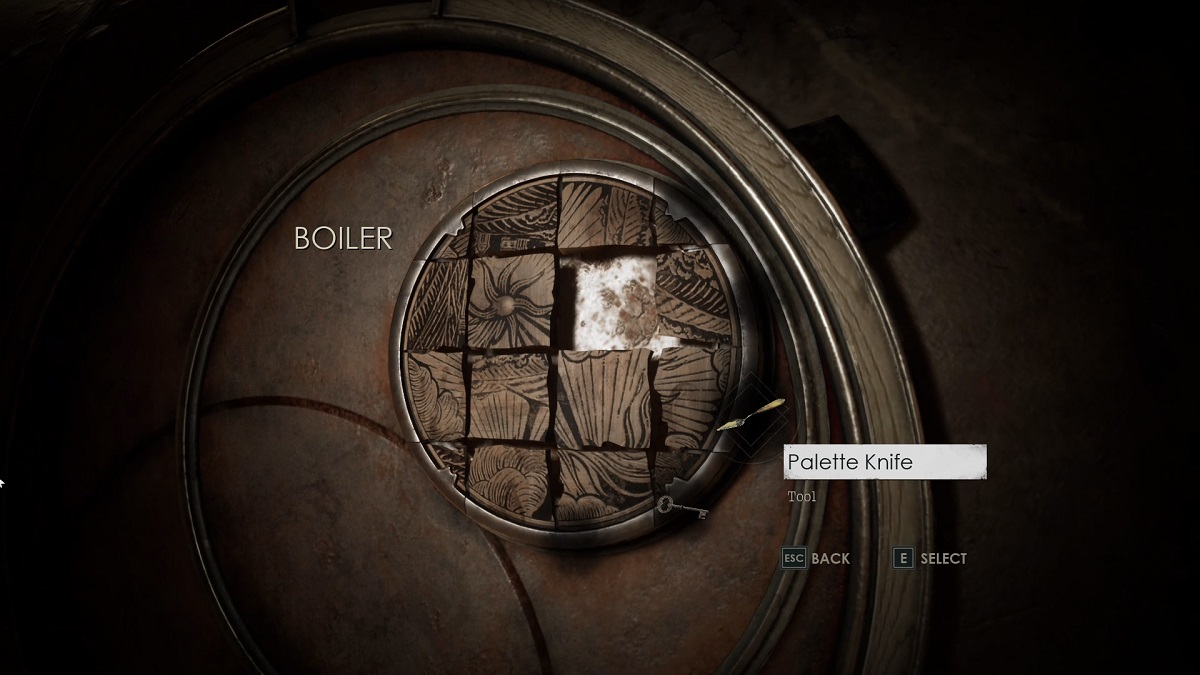
Like the original game, there’s an emphasis on solving puzzles to progress through each area. These are generally non-linear in style. That means the map becomes your best friend as you backtrack through rooms in Decerto and slowly unlock more of them. However, a lot of the locations beyond the confines of the mansion can feel linear. They close off areas with objects to act as barriers so you have to go down one path. If you play on Modern Mode, you’ll have objectives and hints to guide you through the mansion and related areas. But if you’re on Old School Mode, you’ll need to find your way through the game without this extra help.
Additionally, a lot of lore and hints about what you need to do next require reading the notes you pick up throughout the game and paying attention to small details. The frequent chunnering the two lead characters do is also something you’ll need to pay attention to. If you play a lot of horror games like Resident Evil or Silent Hill that are also puzzle-heavy, then you’ll be more than prepared to get through Alone in the Dark on Old School Mode.
Exploring Takes Priority
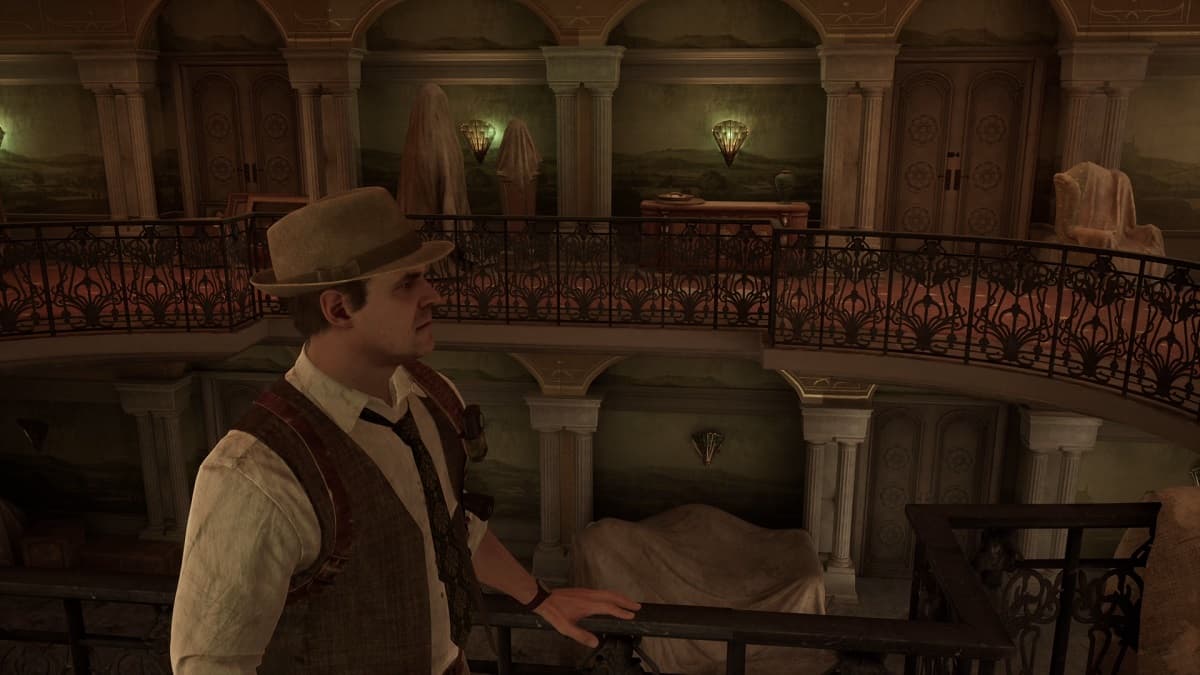
This emphasis on puzzles can make Alone in the Dark feel more like a walking simulator than a survival horror at times. Ammo might be limited to force you to conserve it, but there aren’t too many enemies to worry about anyway. I found a lot of them easy enough to run past, and they don’t follow you into other areas, meaning there are no real repercussions for doing so. There are some boss fights that you’ll come across, but they aren’t too difficult. I found the ability to save my game anywhere instead of at checkpoints or in safe rooms also removes some of the tension that comes with the survival horror genre because death becomes a minor inconvenience at most.
While all of this might sound rather negative, I liked the puzzle-based gameplay that let me explore areas without worrying about enemies coming after me around every corner. I prefer the focus on the narrative and atmosphere instead of combat. But that’s not going to be a winning formula for everyone. Alone in the Dark has a slower pace, so if you want an action-oriented horror game, then I’d suggest looking elsewhere. For those who want a game that oozes mystery, has short campaigns, and endings that change if you spend time finding collectibles, I’d recommend giving Alone in the Dark a go.
Surviving the Shadows of Decerto Mansion
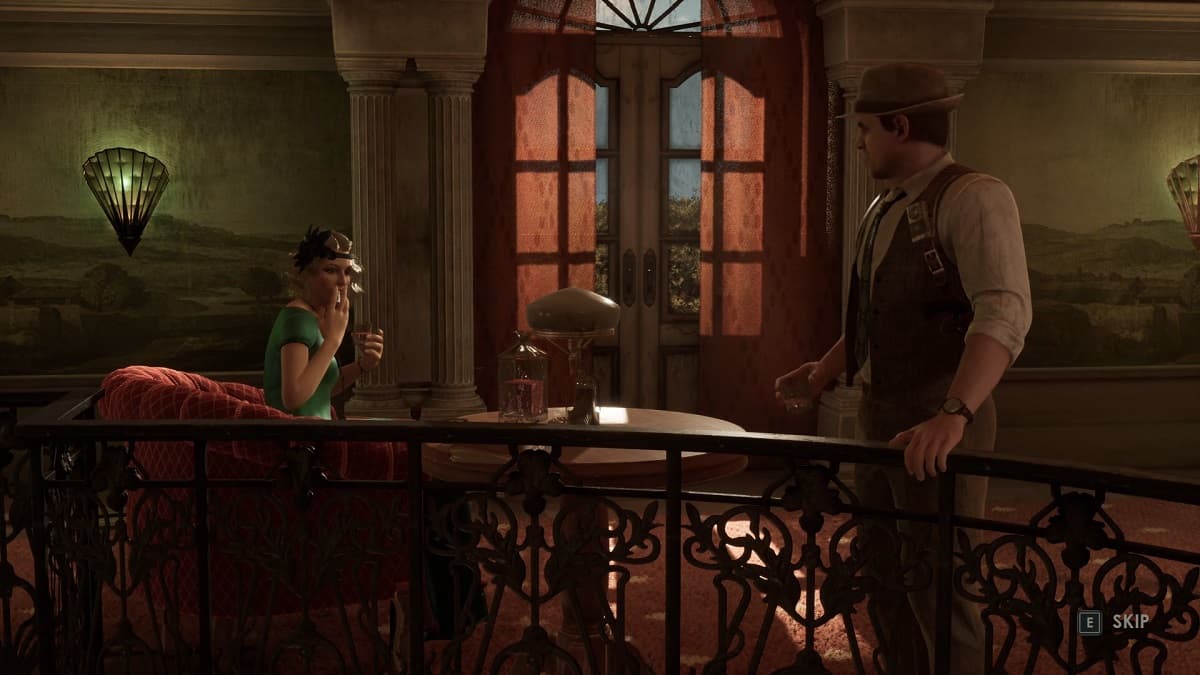
For the most part, the gameplay was pretty smooth, but I did run into a few issues known to the developers. Specifically, I encountered framerate drops and the occasional non-responsiveness when using a keyboard and mouse. Plus, my game crashed when transitioning into Chapter 2. These are minor annoyances, but even so, I’d recommend using a controller if you can while on PC to minimize the issue of trying to restore health, dodge, and the game just not responding. Hopefully, these issues will be patched out relatively soon.
Alone in the Dark—The Bottom Line
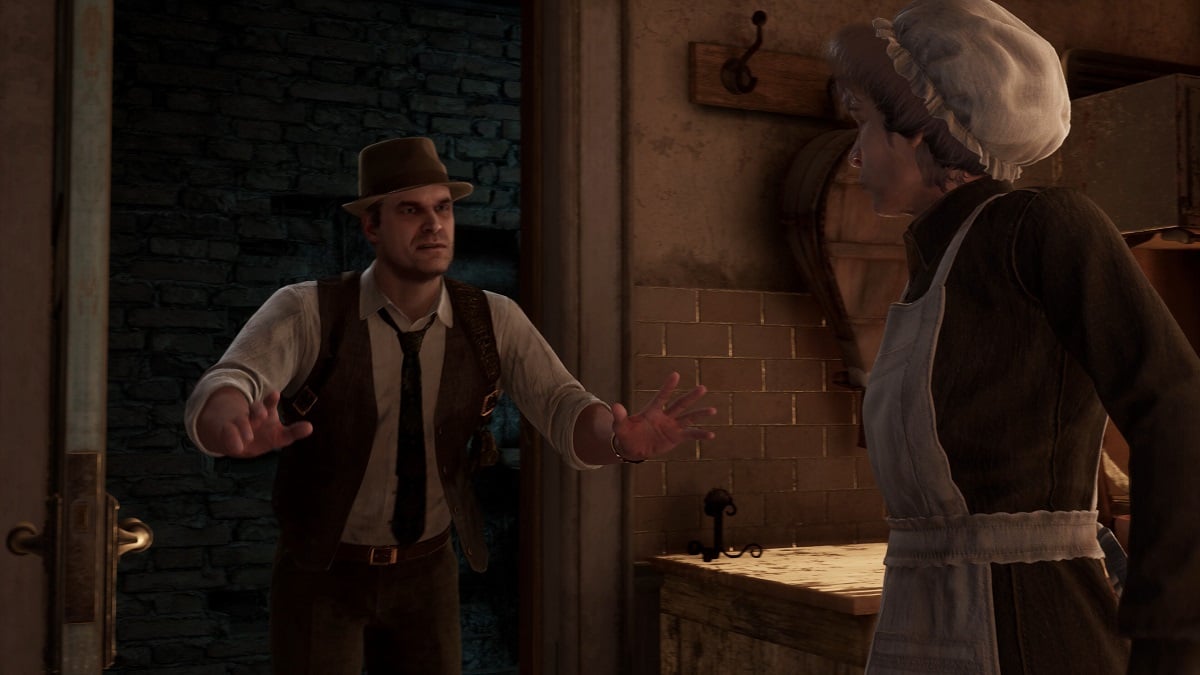
Pros
- Captures the classic horror vibes of the original game.
- Expands on the 1992 narrative.
- Gives you the option to have more hints and directions to help you.
Cons
- Control bugs and framerate drops.
- It can feel like a walking simulator at times.
- Exploration is limited in some areas, making them feel linear.
I enjoyed Alone in the Dark, and I love that I got to experience the 2024 version after being too young to experience the 1992 version. The historical atmosphere and inspiration from not only other horror games but writers like H.P. Lovecraft creates a world where you don’t know what’s waiting around any corner.
Since you need to play it multiple times for the full experience, your mileage may vary depending on how repetitive you find the core gameplay. As someone who enjoys replaying games and looking for what I might’ve missed before, I was happy to toil away to see everything on offer. Plus, Alone in the Dark has different content unique to Edward and Emily, meaning you won’t see every area in just one playthrough. So, in the end, if you like puzzle-heavy horror in a shorter experience that takes about 20 hours with both campaigns, then give Alone in the Dark a shot!

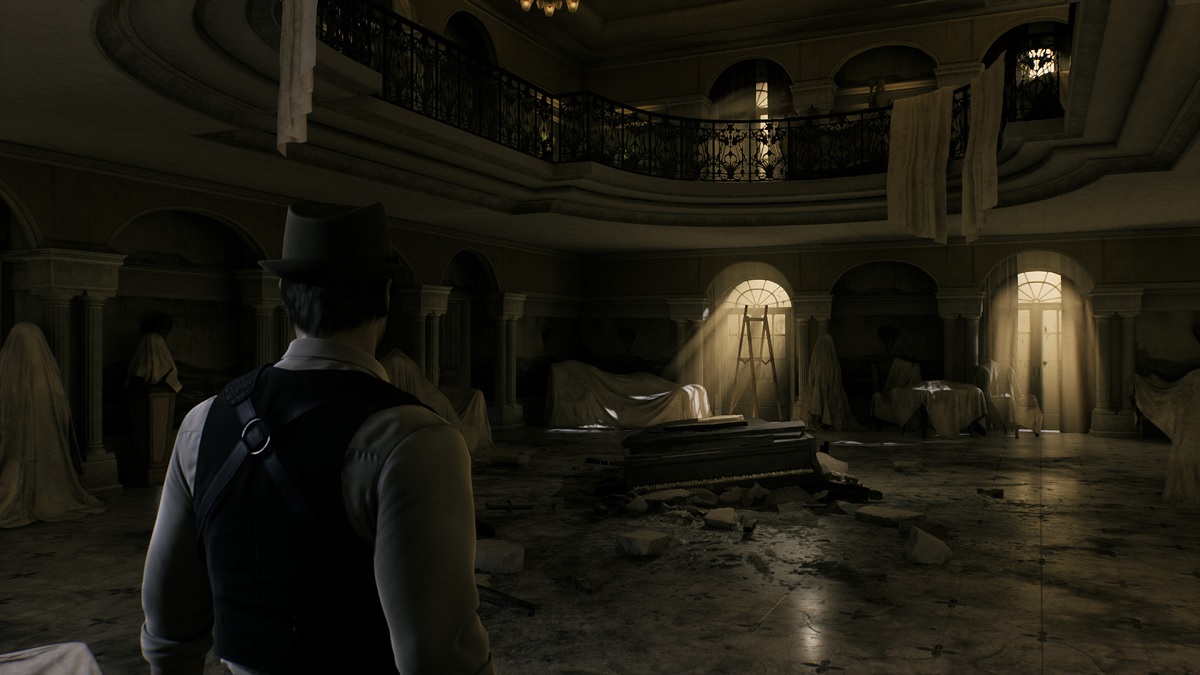





Published: Mar 19, 2024 10:09 am